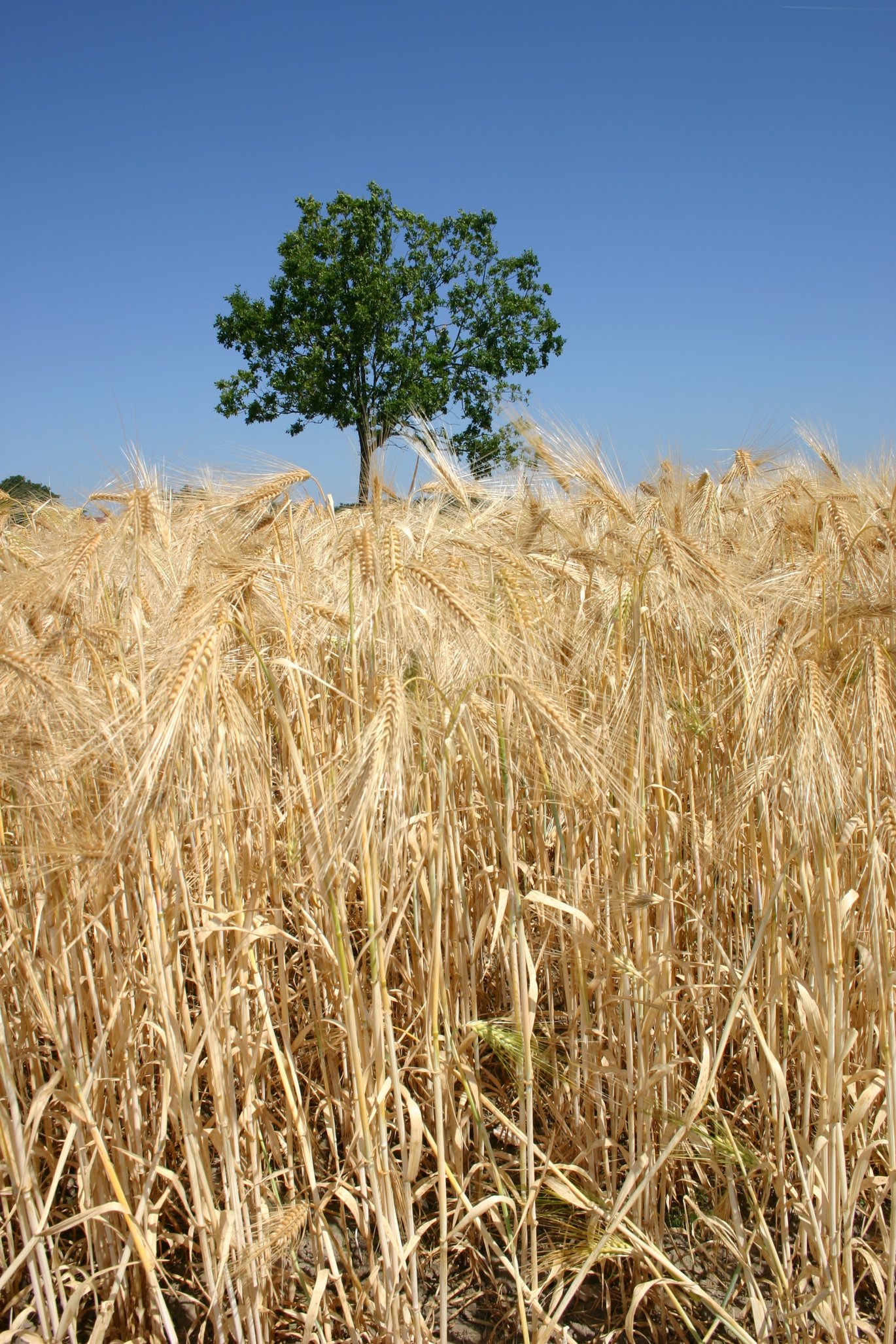Clover in ryegrass cover crops increases the yield and quality of spring barley, while incorporation of straw to the soil only has a limited effect
Results from a long-term experiment in Askov show that under-sown ryegrass cover crop with clover contributes positively to the nitrogen supply in spring barley, while under-sown ryegrass cover crop without clover reduces the kernel yield.

Cultivation of cover crops and incorporation of straw to the soil are important measures for reducing nitrogen leaching and maintaining the soil's carbon content in crop rotations. Straw, however, is also an important resource for the energy sector for the production of heat and electricity. Going forward, demand for straw is expected to increase, as the use of fossil energy sources will be phased out. But what will that mean for the yield when the barley straw is removed from the field? And how is the yield affected if you instead incorporate the straw to the soil for the purpose of increasing the carbon storage? Researchers from the Department of Agroecology have compiled data from a long-term experiment in Askov to investigate this particular problem.
In the experiment, it was also investigated whether cover crops of ryegrass and of ryegrass mixed with white clover affected the yield and quality of spring barley. Cover crops are grown in order to reduce leaching of mineral nitrogen through the autumn and winter period. The nitrogen used by the cover crops will be mineralized for the benefit of the subsequent crop during spring. Cover crops are the most widely used tool for reducing nitrogen loss in Denmark, and from this year it has become possible to use cover crops with nitrogen-fixing species as statutory cover crops.
“In the experiment, which was carried out in 1981 with one-sided spring barley, 0, 4, 8, or 12 tons of straw were added per hectare annually. The straw treatments were combined with the cultivation of cover crops, either under-sown ryegrass, ryegrass mixed with clover, or no cover crop,” says postdoc Johannes Lund Jensen from the Department of Agroecology.
The spring barley was added 100 kg N per year per hectare in commercial fertilizer.
Quantities of straw and the temporal development in barley yield and quality
During the four decades, the kernel yield in spring barley increased from 32 to 50 hkg per hectare, while the nitrogen content of the kernel decreased from 1.94 to 1.22% N.
“This is an expression of a dilution effect, because the total nitrogen uptake in the kernal has been constant throughout the experimental period. We see the same trend in agriculture in general. The primary reason for this is probably variety development, but changed climatic conditions and development in cultivation practices may also have played a role,” explains Johannes Lund Jensen.
The study also showed that yield and quality were generally unaffected by how much straw was incorporated back into the soil.
“This means that you can use the straw for bioenergy without loss of yield. However, one must be aware that the removal of straw affects the soil's carbon stores and functions, which should be taken into consideration before all straw is removed.”
Clover mixed with ryegrass as cover crop has a positive effect on spring barley
“An under-sown cover crop consisting of ryegrass and clover increased kernel yield and nitrogen content by 9% compared to the treatment without any cover crops. 12 kg N was removed per hectare extra in the kernel and a total of 29 kg N per hectare in the above-ground biomass. We thus found that under-sown ryegrass cover crop mixed with clover contributes positively to the nitrogen supply in this system with spring barley fertilized at a relatively low level,” says Johannes Lund Jensen.
“On the other hand, under-sown ryegrass without clover reduced the kernel yield by 5%, but increased the nitrogen content by 2%. Nitrogen uptake in the kernels was reduced by 2 kg N per ha, but a total of 6 kg N was more removed per ha in the above-ground biomass compared to the treatment without cover crops. So, it is a completely different effect than the one we see by mixing clover in the ryegrass after-crop,” he says.
“It shows that it can be a good idea to include legumes in your cover crop mixture if you have a cultivation system with restrictions on nitrogen supply, as the legume can contribute with nitrogen fixation. But of course, you also have to keep in mind that nitrogen leaching does not increase in such a system with a nitrogen-rich cover crop.”
The leaching itself has not been measured by the researchers in this experiment, but Johannes Lund Jensen points to previous research which shows that follow-up crops with legumes are to a certain extent self-regulating with regard to nitrogen fixation and reduction of nitrogen leaching.
"If this is the case, it will be an advantage to have clover in the cover crop mixture, especially in systems with a limited supply of nitrogen, such as organic plant breeding," says Johannes Lund Jensen.
Additional information | |
We strive to ensure that all our articles live up to the Danish universities' principles for good research communication (scroll down to find the English version on the web-site). Because of this the article will be supplemented with the following information: | |
| Study type: | Longterm field experiment |
| Collaborators: | Department of Agroecology, Aarhus University |
| Funding: | The study was funded by the Ministry of Food, Agriculture and Fisheries through the Climate Grass project. |
| Conflict of interest: | None |
| Read more: | The article "Spring barley grown for decades with straw incorporation and cover crops: Effects on crop yields and N uptake" is published in the journal Field Crops Research and is written by Johannes L. Jensen, Ingrid K. Thomsen, Jørgen Eriksen and Bent T. Christensen. |
| Contact: | Postdoc Johannes L. Jensen, Department of Agroecology, Aarhus University. Email: jlj@agro.au.dk |
